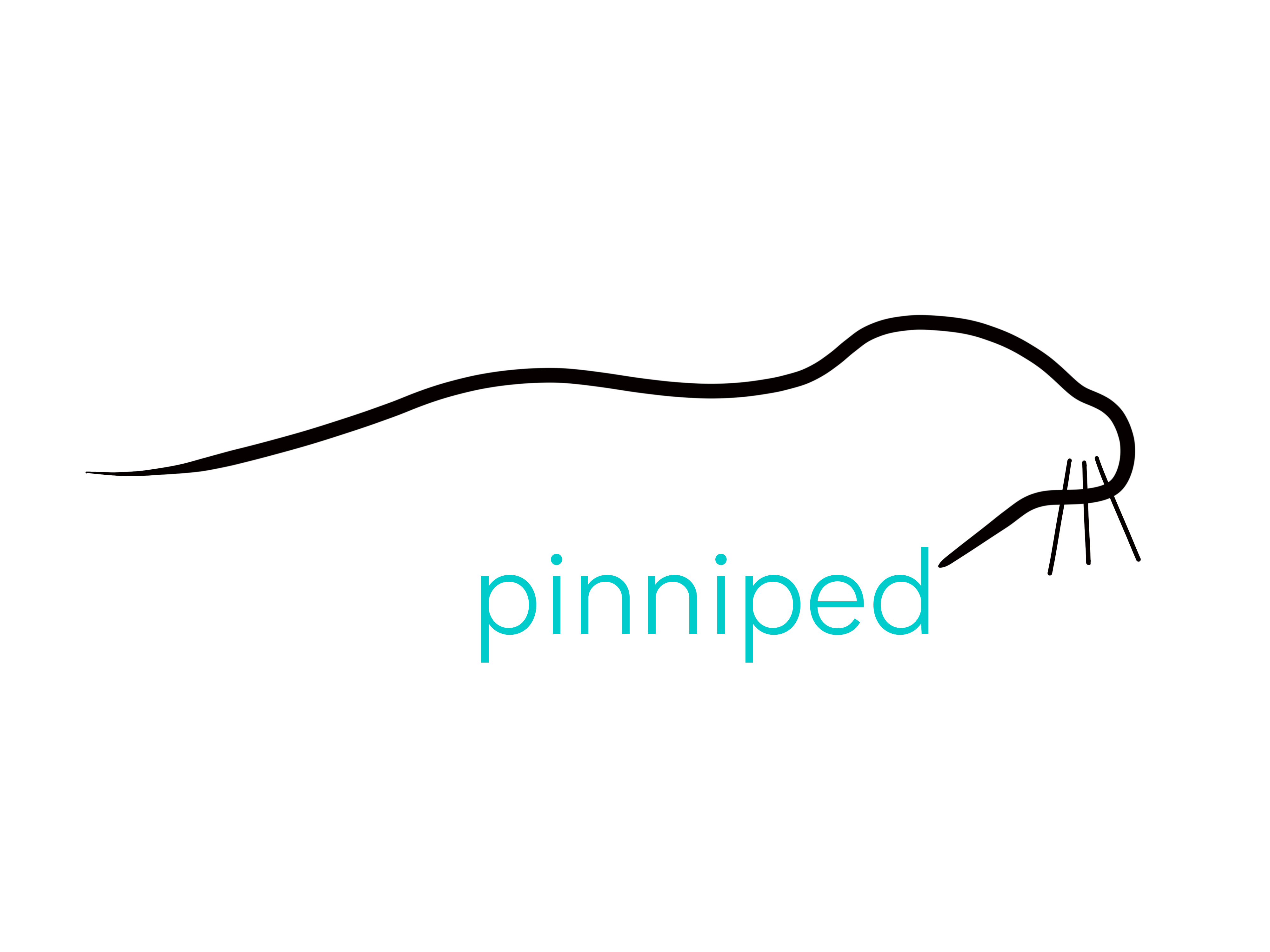So this week, we are still on the subject of Antarctic true seals, but this may be a seal that you don’t know much about… or possibly have never even heard of! Today’s #SealSunday seal is the Ross Seal (Ommatophoca rossii).
The Ross Seal was described and named by explorer James Clark Ross on an Antarctic expedition he ran in 1839. Found hauled out amongst pack ice in circumpolar areas of Antarctica, the seal is quite an elusive animal that not much is known about. It is amazing that in today’s age, there are still animals we share the planet with that are almost completely mysterious to us. We know little about their behaviour, diet and movements, and what we do know is based on observations of only a small subsection of the population. If you were to observe only a small handful of humans, would it really give you a good idea of what our entire species is like? It just goes to show how much need there is to fund zoological and environmental research, to enable us to truly understand the animals we share Earth with, and therefore protect them. The IUCN, using the best estimations they can, has categorised the Ross Seal as a Least Concern species, one that is probably comfortable in numbers. However there is huge uncertainty in the population reports that this is based on, so we can never really be too confident.
The Ross Seal is part of a group of seals called the Lobodontine seals, which basically means the lobe-toothed seals. This group includes each of the last month’s seals in focus – the Crabeater, the Weddell, the Leopard, and of course the Ross Seal. These 4 seal species have evolved to make excellent use of their specially-shaped teeth for feeding, and to occupy ecological niches in their habitat. In doing this they have become extremely successful mammals and the Lobodontine seals actually make up more than 50% of all the pinnipeds on earth (just 4 species out of 34 in total!) The Ross Seal itself is thought to be a bit of a specialist at hunting squid, with evidence suggesting they may spend months offshore foraging in the depths. They can stay underwater for at least half an hour and have been recorded reaching at least 300 metres deep! Other prey items recorded have included icefish and krill. It is believed that when the seals haul out on the ice to breed and moult, they may have extended periods of fasting, which means that these offshore foraging periods could be absolutely crucial in building up enough fat reserves to keep them going in the summer.
The appearance of a Ross Seal is a dull dark brownish-grey colour, with little in the way of spots or patterning save for strips that run down their throats onto their chests. They have small heads with blunt little muzzles, and then large eyes which have given rise to the scientific portion of their name – ommato. These black peepers have actually been measured at up to 7 cm in diameter! The seals are medium sized, around 2-2.5 metres long, but diagnostically tapered from end to end. The head seems to join directly to the body without an obvious neck and therefore the profile widens in the centre of the blubbery body, but forms a point at each end – both at the tip of the nose and the ends of the flippers. Newborn Ross Seals have warm dark brown coats with yellowish-tinged undersides, and will suckle for around a month before independence.
Does anyone have any experience of Ross Seals? We’d love to hear from you if you’ve ever spotted one or had the chance to learn anything about them. Otherwise we hope you’ve learnt something new today, and please head over to the Pinnipedia to read a little more –> www.pinnipedia.org/front-page/pinnipedia/ross-seal. Credits for the photo of this elusive pinniped go to the National Oceanic and Atmospheric Administration (NOAA).
Previous articleSeals of the world, part 8: The Leopard SealNext article Seals of the world, part 10: The Mediterranean Monk Seal

